Listing Process - Post DRHP Approval
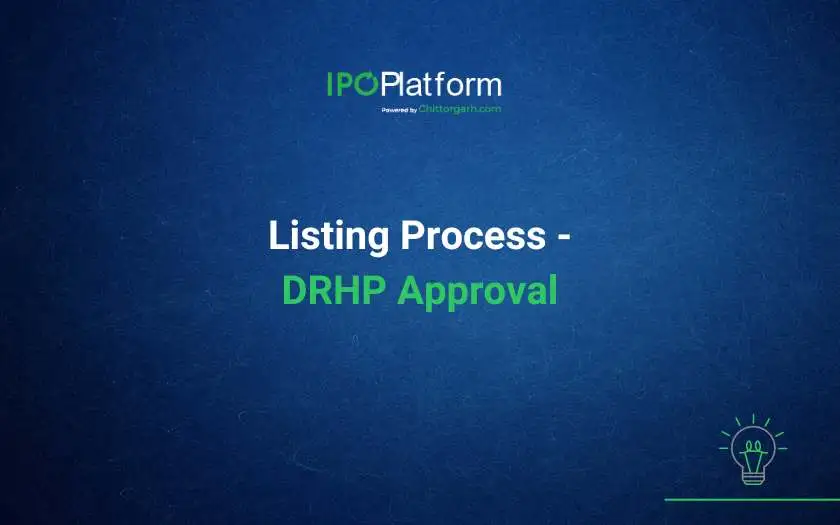
Process After Exchange Approval for DRHP: Key Events Leading to Company Listing
An IPO bound company has to follow processes after its DRHP approval. The Issuer company along with the merchant banker and other intermediaries has to follow a series of steps to file the Red Herring Prospectus (RHP), addendums, the abridged prospectus, General Information Document (GID), and other relevant documents.
These steps are pre-requisites before the Issue opens and preparing the company for listing. Below is a detailed overview of the process, along with key regulations and timelines.
What role does IPO Advisors play in successful IPO?
IPO Advisors play an important role in successful launch of an IPO. Their advisory role from IPO readiness, selecting the best merchant banker in India for SME IPO, various due diligence activities and IPO valuation guides the company throughout the IPO Issue and listing process. IPO platform in India provides information on upcoming IPOs on NSE Emerge and BSE SME and list of merchant bankers and anchor investors. Role of IPO advisor is important in the success of the listings.
As per the Regulation 247 of SEBI ICDR Regulations (2018):
1. The draft offer document filed with SME exchanges shall be made available for comments of public for the period at least 21 days from the date of filing of the offer document. Such an offer document is made public by publishing it on the website of the Issuer, Merchant bankers and the SME exchanges.
2. It is mandatory to make an announcement in three widely circulated newspapers in the area where the registered office of the Issuer is situated (English, Hindi, and regional) within two working days of filing the draft offer document with the SME Exchange.
3. The Lead manager after the expiry of 21 days, must submit a summary of public comments received on the draft offer document to the SME Exchange. It also includes a list of any necessary changes that are required to be made in the offer documen
Filing of RHP (Red Herring Prospectus)
RHP has be filed after the approval of DRHP which should include all changes or modifications suggested by the Exchange. The RHP is the updated version of DRHP which includes IPO price band and dates of Issue as well. what is DRHP? DRHP vs RHP
Listing Process and Activities after RHP filing and Approval
Certain regulations specified in SEBI LODR Regulations, 2015 have to be complied with for listing process. Here are those processes.
Pre-Issue Related Advertisement (Regulation 264 of SEBI ICDR Regulations)
- On filing of RHP (Prospectus) with the Registrar of Companies, the Issuer must publish a pre-issue advertisement in the same publications that were used in at the time of DRHP advertisement.
- The advertisement must follow the disclosure guidelines outlined in Part A of Schedule X of the ICDR regulations.
- During the subscription period, no advertisements should be published that gives any information about the Issue being fully subscribed, oversubscribed, or provide misleading impressions about investors' responses.
Period of Subscription (Regulation 266 of SEBI ICDR Regulations)
- The public issue must remain open for at least three working days and not more than ten working days.
- In the event of a change in the price band, the issuer must extend the bidding period by at least three days.
- If unforeseen circumstances, such as a banking strike or other force majeure events; reasons to be recorded in writing. In such a case, the Issuer can extend the bidding period for a minimum period of one working day.
Post-Issue Advertisements (Regulation 270 of SEBI ICDR Regulations)
Once the IPO is closed, the lead manager must publish a post-issue advertisement, within ten days, containing essential details about the Issue, including:
- Subscription data (subscription).
- Allotment details (how securities were distributed).
- Refund information (details on refunds to non-allottees).
- Listing dates.
The advertisement must be published in:
- A national English newspaper.
- A national Hindi newspaper.
- A regional language newspaper in the area where the registered office of the Issuer is situated.
Additionally, the same information should be posted on the websites of the relevant stock exchanges.
Post-Issue Responsibilities of the Lead Manager (Regulation 271 SEBI ICDR Regulations)
- The lead manager is responsible for ensuring the Issue process is fully completed and addressing any investor grievances that arise during Issue related activities.
- They must continuously monitor the flow and processing of applications, ensuring securities are credited and refunds are completed.
- Any issues with intermediaries must be reported to the Board (regulatory authority).
- In cases where underwriters fail to meet their commitments, the lead manager must report the defaults to the Board.
Timeline of Activities for Listing (T+3 Process)
Here’s a breakdown of the indicative timeline for listing of IPO shares that follows the closure of the public issue. The activities and processes during T, T+1, T+2 and T+3 days leads up to the listing and trading of the company’s shares on the stock exchange. Here is brief on the activities to be undertaken by Registrar, Merchant Bankers and the Issuer on different days.
T day (The Issue closing day)
-
Bid modifications: Stock exchange(s) shall allow modification of selected fields in the bid details already uploaded- From Issue opening date to upto 5 pm on T day.
-
Registrar gets the electronic bid details from stock exchanges on a daily basis (Issue opening date till Issue closure date). Registrar to give bid file received from stock exchanges containing the application number and amount to all the SCSBs who may use this file for validation/ reconciliation at their end.
- The Issue closes for:
- QIB/NII categories: At 4 pm on T day
- Retail and other reserved categories: At 5 pm on T day.
- SCSBs to send confirmation of funds blocked (final certificates) to the Registrar
- For Direct ASBA and Syndicate ASBA: Before 7:30 pm on T day.
- For UPI ASBA: Before 9:30 pm on T day.
T+1 day
-
Registrar to reconcile the compiled data received from the stock exchanges and all SCSBs
-
Prepare list of technical rejection cases.
- Finalization of technical rejection and minutes of the meeting between Issuer, lead manager, and Registrar.
- Finalization of the basis of allotment by Registrar and submission to designated stock exchange for approval.
- The designated stock exchange must approve the basis of allotment before 9 pm on T+1 day.
T+2 day:
-
Fund transfer schedule to be prepared by the Registrar on the basis of allotment. Registrar and Merchant Banker to make fund transfer instructions to Self-Certified Syndicate Banks (SCSB). This process is to be initiated by 9:30 am on T+2 day. SCSBs to credit the funds in Public Issue account of the Issuer and confirm the same. Issuer shall make the allotment and Registrar to unblock the balance amount to SCSBs before 2 pm.
- The Issuer and Registrar are to file allotment details with the designated stock exchange(s) and confirm that all formalities are complete except demat credit before 2:45 pm on T+2 day.
- Issuer and Registrar to file confirmation of demat credit and issuance of instructions to unblock ASBA funds, as applicable, with stock exchange before 6 pm on T+2 day.
- The listing application must be filed with the stock exchange for listing and trading permission before 7:30 pm.
T+3 day
-
The shares are listed on the respective stock exchanges. Trading of the shares commences on the stock exchange.
What is the time taken for listing after DRHP approval?
In a nutshell, after the DRHP approval; a company has to go through the above listing process and activities. This listing process usually takes around 2-3 weeks for IPO listing.
Conclusion
The process following the approval of a Draft Red Herring Prospectus (DRHP) is crucial for a company preparing for its Initial Public Offering (IPO). This sequence of events, including filing the Red Herring Prospectus (RHP) and adhering to SEBI regulations, sets the foundation for a successful listing. Key activities involve publishing pre-issue advertisements, managing the subscription period, and ensuring post-issue communication through advertisements that disclose essential details.
The timeline leading to the listing (T+3 process) highlights the collaborative efforts between the issuer, lead manager, and registrar to facilitate smooth fund transfers, allotment processes, and compliance with regulatory requirements. By carefully executing these steps, companies can effectively navigate the complexities of going public, culminating in a successful listing and trading of shares on the stock exchange.
In summary, meticulous adherence to the regulatory framework, timely communication, and coordination among all parties involved are essential for a smooth transition from DRHP approval to a successful IPO listing. This process not only ensures compliance but also builds investor confidence and market credibility.


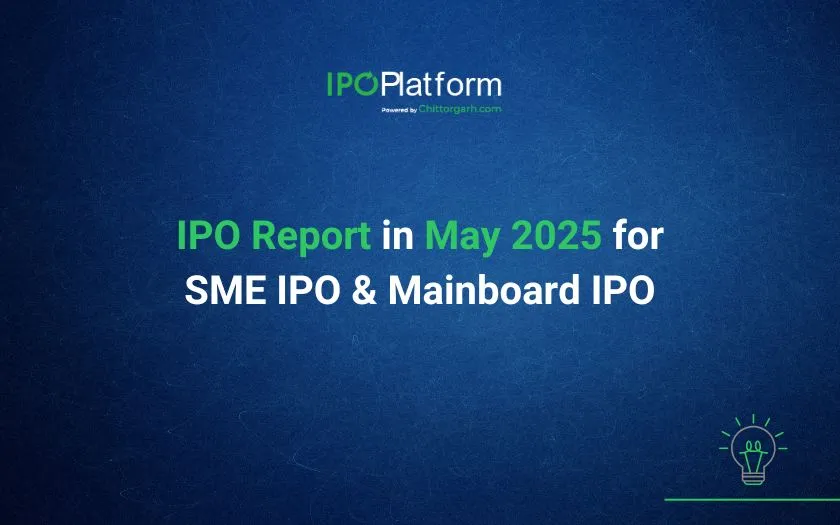
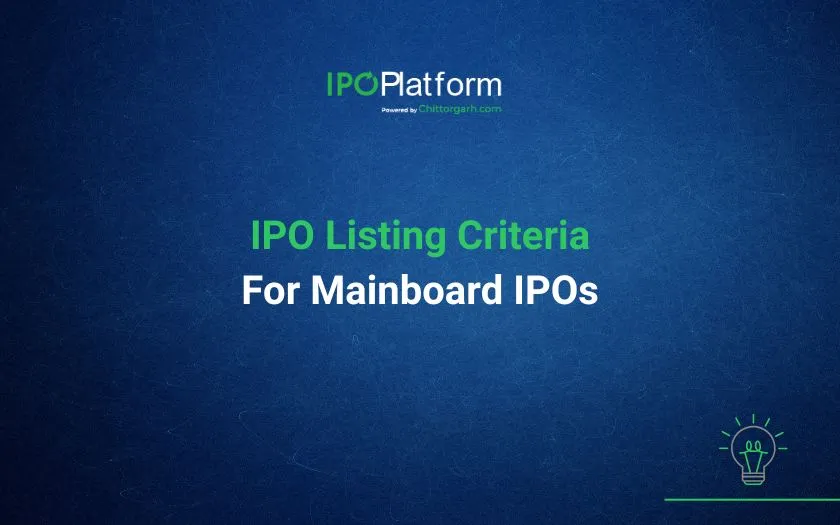
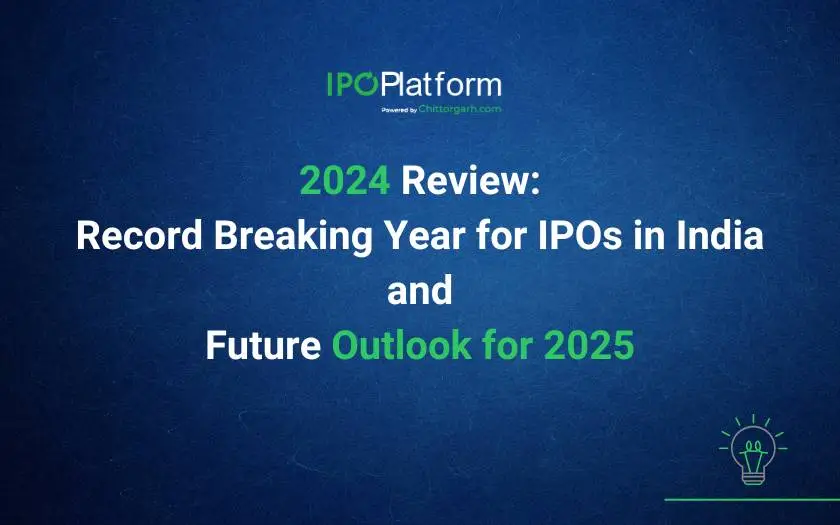
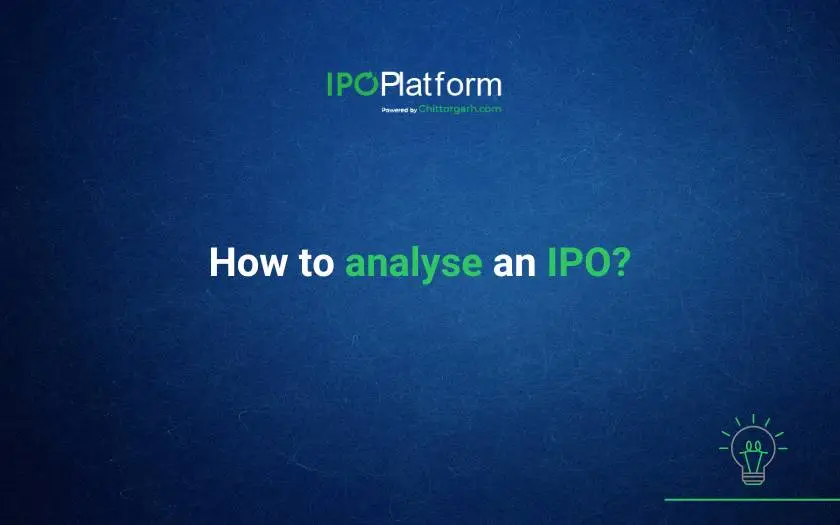
0 Comments